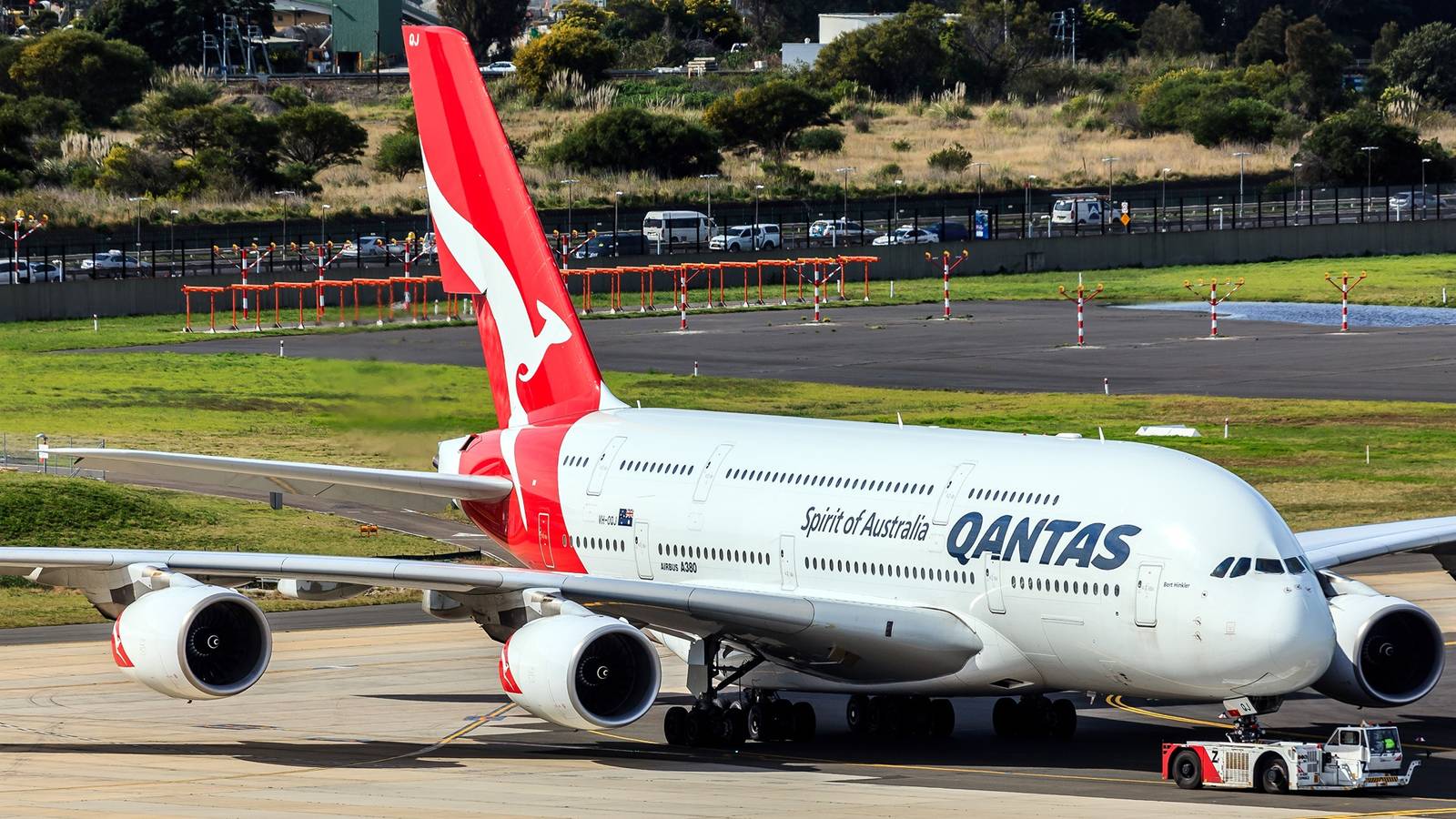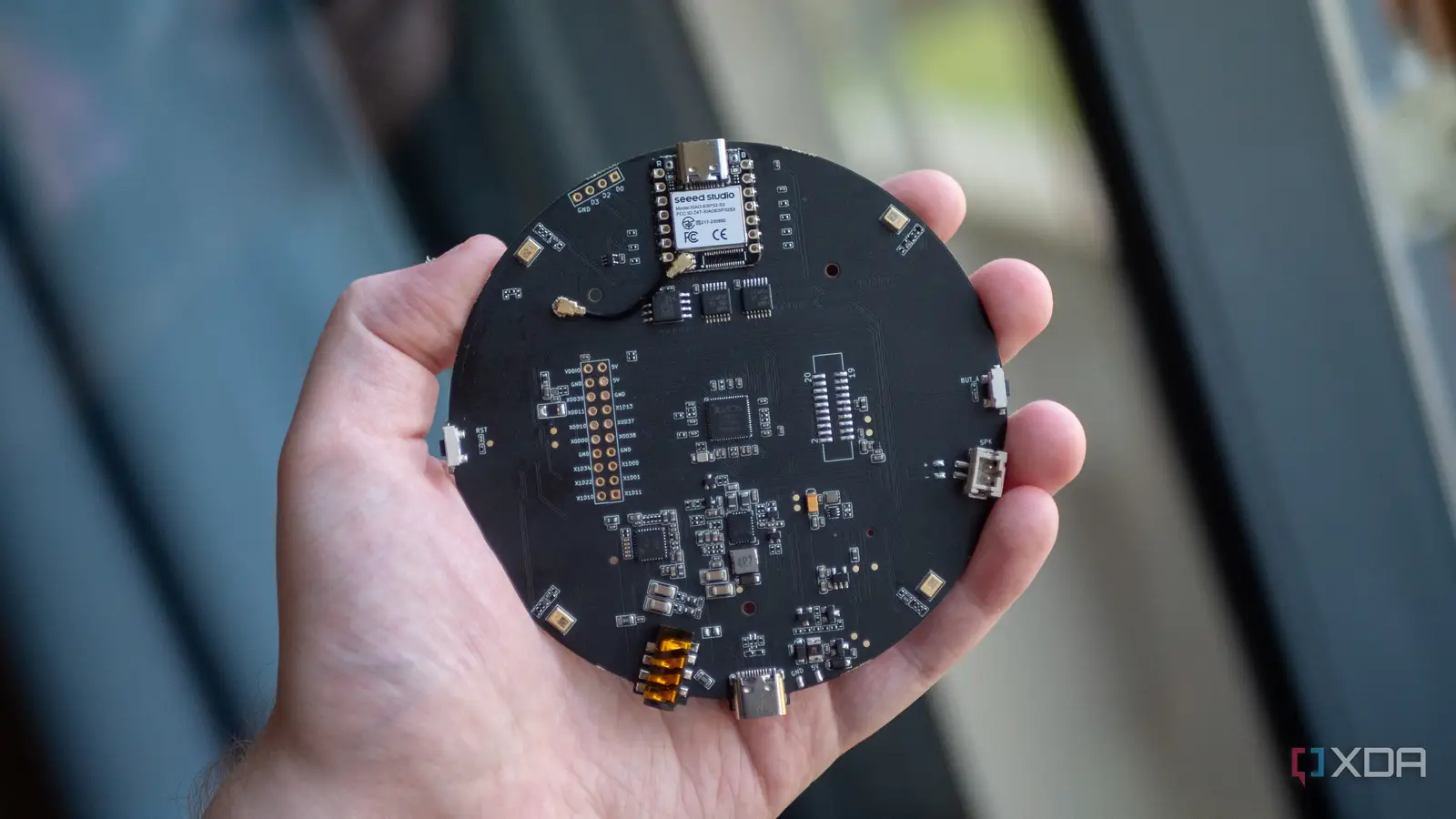9-Hour Flight To Nowhere: Satellite Issue Forced South Africa-Bound Qantas A380 To Divert Back To Sydney

Passengers onboard a Qantas flight to South Africa had their trip cut short when the Airbus A380 aircraft encountered a technical issue with a satellite, which then required the plane to return to Sydney, Australia. By the time the ordeal had finished, passengers had been on a nine-hour flight to nowhere.
The technology issue meant that the airplane was not safe for flying over large bodies of water (the Indian Ocean separates Australia and Africa). For the 410 passengers onboard, as reported by Business Insider, this meant the plane had to return home and rebook its affected travelers onto an alternative flight.
A Nine-Hour Flight To Nowhere
Operated by one of Qantas’ ten Airbus A380-800 aircraft, VH-OQL, serial number 74, was operating as QF63, between Sydney Kingsford Smith Airport (SYD) and Johannesburg O. R. Tambo International Airport (JNB). The service is shown by Flightradar24 to have departed Sydney at 10:13 on Tuesday, September 30, 43 minutes behind its initial scheduled departure time of 09:30. The flight is the only Airbus A380 service that operates solely within the Southern Hemisphere.
As the flight traveled south-west, it passed over the Australian states of Victoria and Tasmania, before encountering issues with the airplane’s satellite communications system. This restricted the aircraft from being able to operate safely over large bodies of water and resulted in the aircraft returning to base. No emergency was declared.
Simple Flying reached out to Qantas for comment on the flight, but they did not immediately respond by the time this article was published.
Passengers Rebooked
The flight returned to Sydney some nine hours after initial departure, with passengers requested to disembark, and the airline subsequently provided them accommodation overnight, before being rebooked onto a replacement service the next day. Passengers then were able to arrive safely on the African continent, after the 14-hour and 45-minute scheduled flight.
Maintenance crews worked on the aircraft overnight, before the airplane was cleared to return to normal service the next day. The plane, operated QF11 between Sydney and Los Angeles International Airport (LAX) on October 1, departing from SYD at 18:13. It was able to operate this flight without incident.
Qantas has ten Airbus A380-800s, with nine in active service. These are the largest aircraft in the airline’s fleet. The superjumbos provide extra capacity on their key international routes. The aircraft is deployed on flights to Singapore (SIN), London Heathrow (LHR), Los Angeles (LAX), Dallas/Fort Worth (DFW), and Johannesburg (JNB) from the airline’s main operating hubs at Sydney and Melbourne.
VH-OQL History
VH-OQL took its first test flight under French Airbus registration F-WWSL on April 19, 2011. This was subsequently delivered to the Australian carrier later that year, on December 16. The aircraft, which is colloquially named Phyllis Arnott, an early Australian aviation pioneer, who was the first woman in the country to hold a commercial pilot’s licence in 1931. Phyllis Arnott was from Sydney and was a member of the famous Arnotts biscuit manufacturing family.
According to ch-aviation, the aircraft is configured to carry a total of 485 passengers, spread across four classes of service. 14 in Qantas first class, 70 in business, 60 premium economy, and 341 located to the rear of the aircraft in economy. The airplane is powered by four Rolls-Royce Trent 972 engines. Throughout the COVID-19 pandemic, this aircraft (along with many others in the QF fleet) was stored from March 2020 through to December 2022 at Victorville, California, before being brought back to service in early 2023.



